A teaching film about the human skeleton with animated medical illustrations as well as an actual skeleton with commentary. A man, naked to the waist, also demonstrates the relevant anatomy. X-ray cineradiography illustrates the movement of the arm.
Related Movies
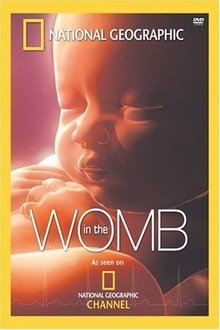
In The Womb (2005)
In The Womb is a 2005 National Geographic Channel documentary that focus on studying and showing the development of the embryo in the uterus. The show makes extensive use of Computer-generated imagery to recreate the real stages of the process.
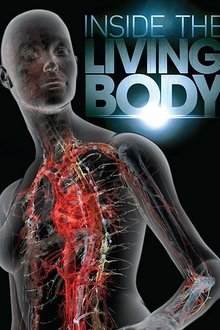
Inside the Living Body (2007)
Take a fascinating journey inside the bizarre world of a living human being with this compelling documentary from National Geographic, where microscopic cameras and other state-of-the-art technologies reveal perspectives that will blow your mind. Tracking the body of a female from infancy to old age, viewers will observe the digestion of a meal, the development of the cardiac system and other mesmerizing aspects of the body's inner workings.
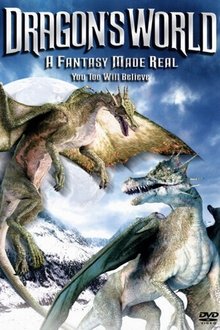
Dragon's World: A Fantasy Made Real (2004)
"The Last Dragon" is a nature mockumentary about a British scientific team that attempts to understand the unique incredible beasts that have fascinated people for ages. CGI is used to create the dragons.

Boobs: An American Obsession (2010)
We call them by a hundred different names: boobs, knockers, jugs, hooters. We wonder if they're real or fake, too small or too big, too exposed or too covered. And every year Americans spend millions of dollars on breast enhancement, from push-up bras to surgery. Why is our culture so captivated by this particular part of the female form? "Boobs: An American Obsession" is a revealing, humorous, often poignant investigation involving everyone from anthropologists to porn stars as we explore our culture's fascination with breasts.

Your Inner Fish (2014)
How did your body become the complicated, quirky, amazing machine it is today? Anatomist Neil Shubin uncovers the answers in this 3-part science series that looks at human evolution. Using fossils, embryos and genes, he reveals how our bodies are the legacy of ancient fish, reptiles and primates — the ancestors you never knew were in your family tree.
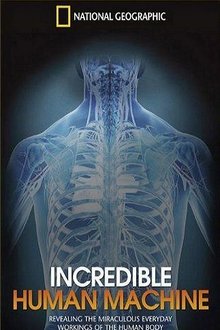
National Geographic: Incredible Human Machine (2007)
National Geographic: Incredible Human Machine takes viewers on a two-hour journey through an ordinary, and extraordinary, day-in-the-life of the human machine. With stunning high-definition footage, radical scientific advances and powerful firsthand accounts, Incredible Human Machine plunges deep into the routine marvels of the human body. Through 10,000 blinks of an eye, 20,000 breaths of air and 100,000 beats of the heart, see the amazing and surprising, even phenomenal inner workings of our bodies on a typical day. And explore striking feats of medical advancement, from glimpses of an open-brain surgery to real-time measurement of rocker Steven Tyler's vocal chords.

In the Womb: Multiples (2007)
Advanced technology, groundbreaking scientific discoveries about the beginnings of life, and computer animation all combine to detail how multiple siblings develop in the womb as the filmmakers at National Geographic explore the fetal growth of twins, triplets, and quadruplets. Detailed pictures of these different groupings in various stages of fetal development bring the earliest stages of life to the screen as never before.

Dreams of a Life (2011)
A filmmaker sets out to discover the life of Joyce Vincent, who died in her bedsit in North London in 2003. Her body wasn't discovered for three years, and newspaper reports offered few details of her life - not even a photograph.

Richard III: The Unseen Story (2013)
In this special follow-up programme, the only television team with access to the dig and the scientific tests on the skeleton uses unseen footage and conducts two days of additional interviews to tell this extraordinary forensic detective story in even greater scientific and archaeological detail.
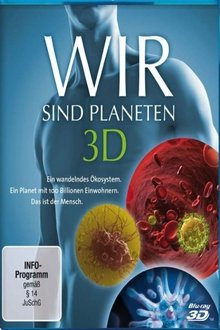
You, Planet – An Exploration in 3D (2012)
It’s a world we don’t truly know—yet it feels oddly familiar. Deep canyons and jagged crevices carve through the land, while towering mountains rise above scorched plains. Lush jungles and acidic lakes conceal strange creatures—fierce predators, peaceful grazers, and masters of disguise. But this alien world isn’t in outer space. This world... is your body.
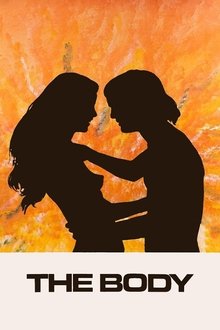
The Body (1970)
A psychedelic documentary of the body electric, with music by Pink Floyd. The film was directed and produced by Roy Battersby. The film's narrators, Frank Finlay and Vanessa Redgrave, provide commentary that combines the knowledge of human biologists and anatomical experts. The film's soundtrack, Music from the Body, was composed by Ron Geesin and Roger Waters.
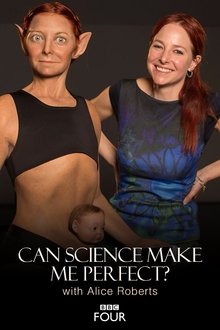
Can Science Make Me Perfect? With Alice Roberts (2018)
Anatomist Alice Roberts embarks on a quest to rebuild her own body from scratch, taking inspiration from the very best designs the natural world has to offer.
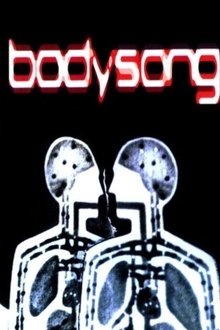
Bodysong (2003)
Documentary footage from various sources, set to music. Showing the whole of human life, from birth to death and beyond.
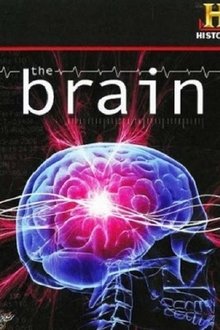
The Brain (2008)
THE BRAIN is an astonishing voyage of discovery into our last biological frontier. Although today s computers can make calculations in one-100th of a second and technology can transport us outside the bonds of Earth, only now are we beginning to understand the most complex machine in the universe. Using simple analogies, real-life case studies, and state-of-the-art CGI, this special shows how the brain works, explains the frequent battle between instinct and reason, and unravels the mysteries of memory and decision-making. It takes us inside the mind of a soldier under fire to see how decisions are made in extreme situations, examines how an autistic person like Rain Man develops remarkable skills, and takes on the age-old question of what makes one person good and another evil. Research is rushing forward. We’ve learned more about the workings of the brain in the last five years than in the previous one hundred.
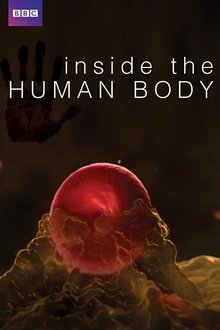
Inside the Human Body (2011)
Using spectacular graphics based on the latest science and stories of remarkable people around the world, Michael Mosley takes us on a fantastic voyage through our inner universe.
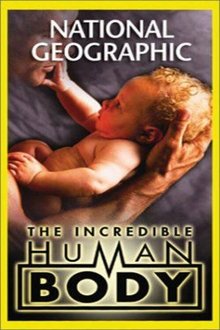
National Geographic: The Incredible Human Body (2002)
Cutting-edge medical technology and riveting, life-or-death personal dramas combine in this unprecedented, emotionally compelling exploration of The Incredible Human Body.

Integral Anatomy, Vol. 2: Deep Fascia and Muscle (2005)
Gil Hedley, Ph.D., former massage therapist and Rolfer, dissects a cadaver in order to teach bodyworkers and other interested students about the interconnectedness of muscle and deep fascia.